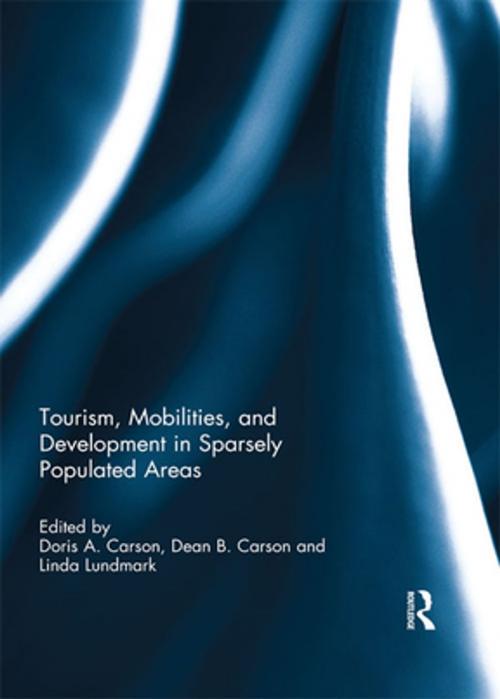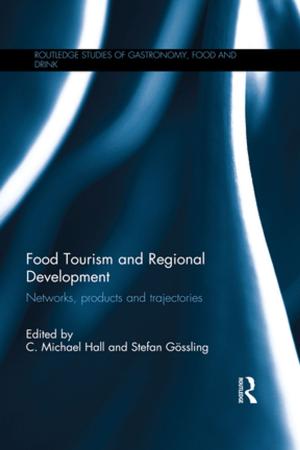Tourism, Mobilities, and Development in Sparsely Populated Areas
Nonfiction, Social & Cultural Studies, Social Science, Human Geography| Author: | ISBN: | 9781317352785 | |
| Publisher: | Taylor and Francis | Publication: | October 2, 2017 |
| Imprint: | Routledge | Language: | English |
| Author: | |
| ISBN: | 9781317352785 |
| Publisher: | Taylor and Francis |
| Publication: | October 2, 2017 |
| Imprint: | Routledge |
| Language: | English |
Tourism ‘mobilities’ are not restricted to the movement of tourists between places of origin and destinations. Particularly in more peripheral, remote, or sparsely populated destinations, workers and residents are also likely to be frequently moving between locations. Such destinations attract seasonal or temporary residents, sometimes with only loose ties to the tourism industry. These flows of mobile populations are accompanied by flows of other resources – money, knowledge, ideas and innovations – which can be used to help the economic and social development of the destination.
This book examines key aspects of the human mobilities associated with tourism in sparsely populated areas, and investigates how new mobility patterns inspired by technological, economic, political, and social change provide both opportunities and risks for those areas. Examples are drawn from the northern peripheries of Europe and the north of Australia, and the book provides a framework for continuing research into the role that tourism and ‘new mobilities’ can play in regional development in these locations.
This book was originally published as a special issue of the Scandinavian Journal of Hospitality and Tourism.
Tourism ‘mobilities’ are not restricted to the movement of tourists between places of origin and destinations. Particularly in more peripheral, remote, or sparsely populated destinations, workers and residents are also likely to be frequently moving between locations. Such destinations attract seasonal or temporary residents, sometimes with only loose ties to the tourism industry. These flows of mobile populations are accompanied by flows of other resources – money, knowledge, ideas and innovations – which can be used to help the economic and social development of the destination.
This book examines key aspects of the human mobilities associated with tourism in sparsely populated areas, and investigates how new mobility patterns inspired by technological, economic, political, and social change provide both opportunities and risks for those areas. Examples are drawn from the northern peripheries of Europe and the north of Australia, and the book provides a framework for continuing research into the role that tourism and ‘new mobilities’ can play in regional development in these locations.
This book was originally published as a special issue of the Scandinavian Journal of Hospitality and Tourism.















